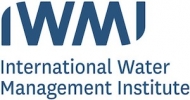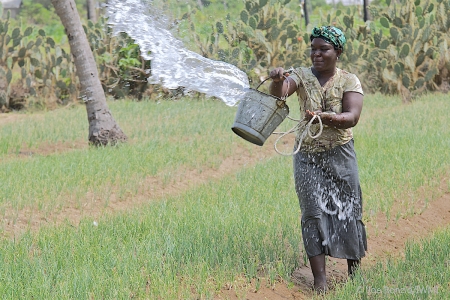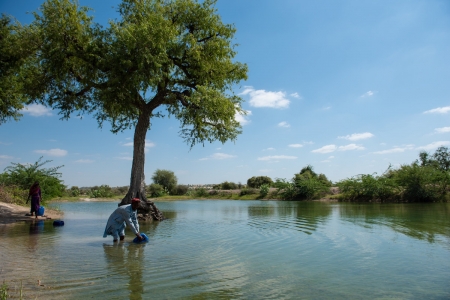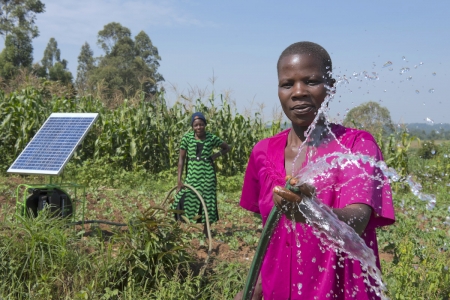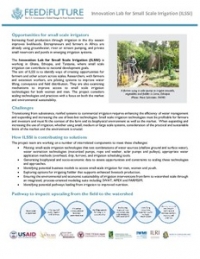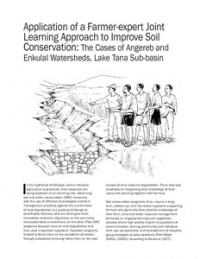IWMI has been commissioned to design and conduct an impact evaluation (IE) of the water users associations (WUAs) that were established and supported under the ‘water management’ component of the Family Farming Program (FFP) (2010-2014) of the United States Agency for International Development (USAID). FFP is implemented in the Khatlon Province of Tajikistan as part of the US Government’s global hunger and food security initiative, Feed the Future. The goal of FFP is to continue USAID-funded activities to promote equitable and sustainable access to water for irrigation, by creating new WUAs and strengthening existing ones. FFP, which commenced in 2010, is a follow-on activity to the USAID Water Users Association Support Program (WUASP) (2004-2011). Thus the experiences of WUAs since 2004 provide an opportunity to evaluate and document the effectiveness of USAID’s WUA approach in addressing the overall goal of increasing agricultural productivity and profitability through improving water management. This 5-year impact evaluation project (2014-18) is based on a program theory approach, quasi-experimental design and mixed methods to generate both robust and contextually rich impact findings. It comprises three sequential phases of data collection and analyses: (a) a qualitative exploratory phase at inception through field visits and documentary review, (b) a major quasi-experimental quantitative phase through survey research at three data points - baseline (2014), mid-term (2015-16) and end-line (2017), and (c) a qualitative in-depth follow-up phase. In addition, GIS-remote sensing (RS) imagery is used to facilitate the selection of study sites and verify and map the ultimate impact findings on water management and crop productivity obtained through survey and case study research. The results of the study are aimed at helping the USAID, the Government of Tajikistan as well as other donors in this Central Asian country in formulating more efficient institutions for water management, strategize their water sector investment portfolios and improve water-use efficiency and water productivity.
menu

